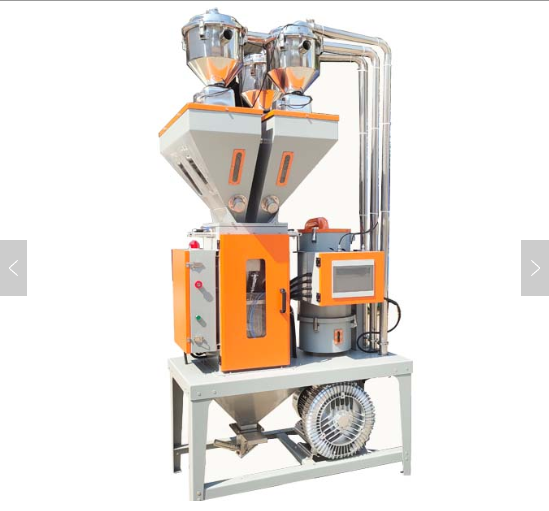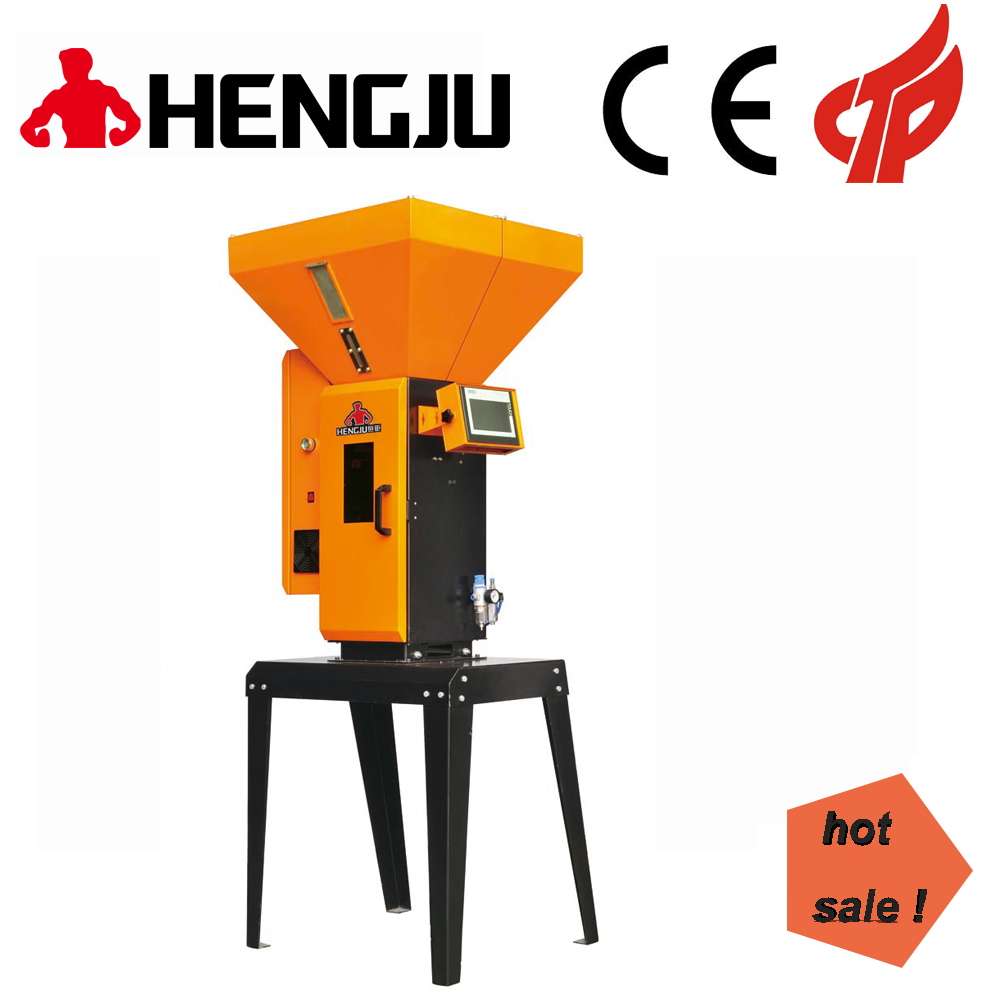Injection molding process of TPE plastic raw materials in the central feeding system
In the injection molding process of TPE plastic raw materials, according to the characteristics of the material and the supply of materials, the appearance and process performance of the material should generally be tested before molding. The supplied pellets often contain varying degrees of moisture, flux and other volatile low-molecular-weight substances. In particular, the moisture content of TPE that has a tendency to absorb moisture always exceeds the allowable limit for processing. Therefore, it must be dried before processing and the water content must be measured.
At high temperatures, the moisture content of TPE is required to be below 5%, or even 2% to 3%, so a vacuum drying oven is commonly used for drying at 75°C to 90°C for 2 hours. The dried material must be properly sealed and stored to prevent the material from absorbing moisture from the air and losing the drying effect. For this reason, the drying chamber hopper can continuously provide dry hot material for the injection molding machine, which is useful for simplifying operations, maintaining cleanliness, and improving quality. It is advantageous to increase the injection rate. Generally speaking, the viscosity of the color masterbatch should be lower than that of TPE. This is because the melt index of TPE is higher than that of the color masterbatch, which will facilitate the dispersion process and make the color distribution more uniform. The filling amount of the drying hopper is generally 2.5 times the hourly consumption of the injection molding machine. SBC-based TPE is superior to most other TPE materials in color. Therefore, they only need a small amount of masterbatch to achieve a certain color effect, and the color produced is purer than other TPE.

For TPE based on harder SEBS, polypropylene vehicle is recommended.
For TPE based on softer SEBS, low density polyethylene or ethylene vinyl acetate copolymer can be used.
For softer varieties, PP vehicle is not recommended because the hardness of the composite material will be affected.
For certain overmolding applications, the use of polyethylene vehicle may adversely affect the adhesion to the substrate.
|




